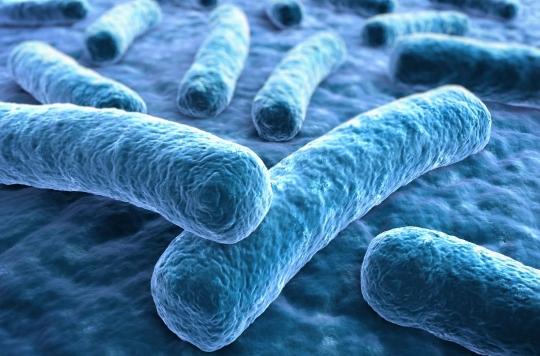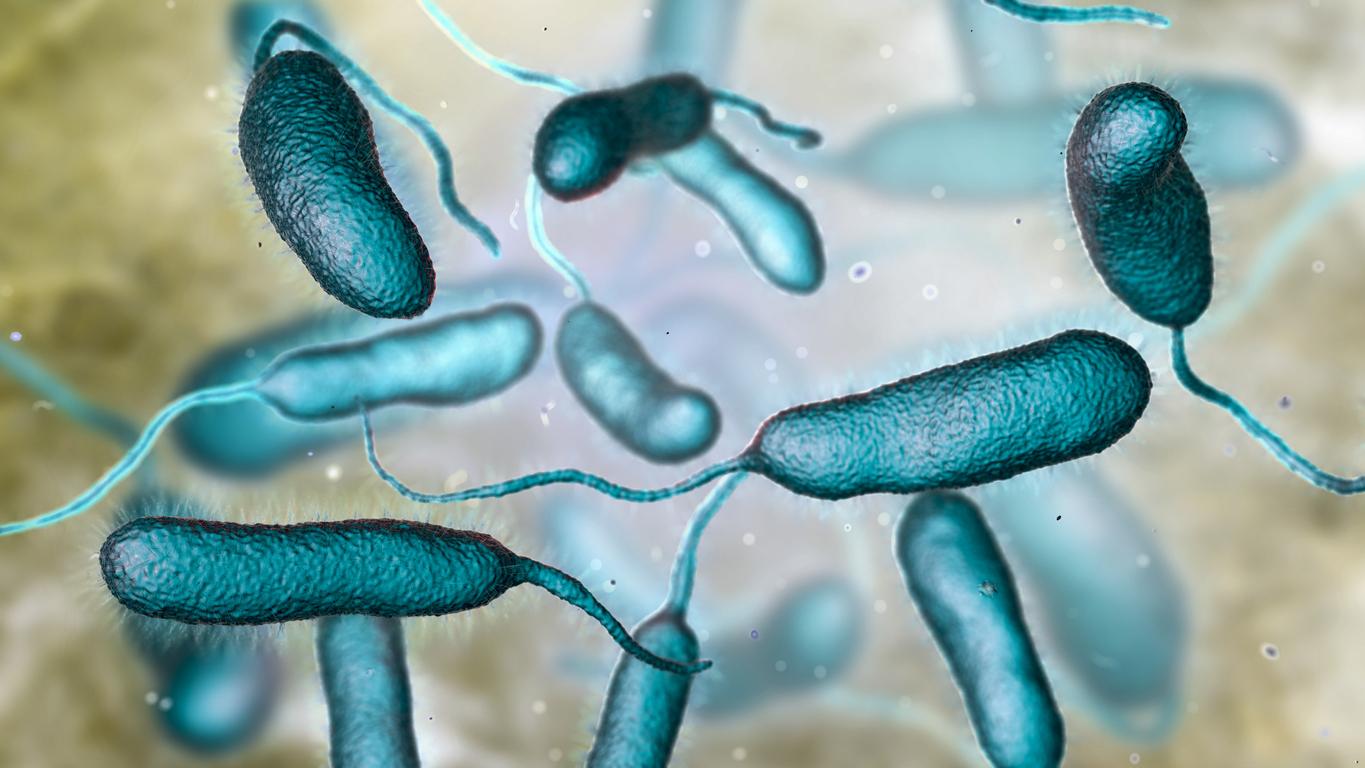Since 2013, when the first cases of Buruli ulcer were discovered, the number of patients falling victim to this skin and soft tissue destroying bacteria has been steadily increasing in Australia. Researchers admit to being disarmed in the face of its spread.

- Cases of Buruli ulcer, caused by a flesh-eating bacterium, are on the rise in the state of Victoria, in southeastern Australia.
- The health authorities have just launched funding around the disease, to understand its origin and find a potential treatment.
“No one understands what is happening and what is causing the outbreak.” Already in 2018, Dr. Daniel O’Brien, an expert in infectious diseases, admitted to being helpless in the face of the increase in cases of Buruli ulcer in Australia. Within three years, the spread got even worse. From 74 cases recorded in 2013, the country rose to 186 in 2016 and 286 the following year. That’s a 400% increase in the number of people affected by this flesh-eating bacteria over the past four years.
Asked again by the BBCDr. O’Brien believes that Buruli ulcers have now become “terribly more frequent and also more serious” in the state of Victoria, southeast Australia. “It is unclear why the ulcer, usually found in tropical areas, appeared in the temperate climate of Victoria”he acknowledges.
What is Buruli Ulcer?
Buruli ulcer is caused by bacteria called Mycobacterium ulcerans. It is part of the same family of bacteria as leprosy and tuberculosis. It produces a toxin that destroys skin tissue, small blood vessels and fat. This causes severe ulcers, which can sometimes reach the bones. Often it is the arms or legs that are affected. If the victim is not treated early enough, it can create serious disabilities or require corrective surgery. In all cases, the treatment is based on a combination of antibiotics. It takes patients several months or even a year to fully recover.
A disease that still remains mysterious
Usually present in rural areas of West Africa, Central Africa, New Guinea, Latin America and tropical regions of Asia, the bacterium Mycobacterium ulcerans has been spreading for some years in Australia. First confined to the tropical regions of Queensland, with occasional cases in other states, the bacterium is now established in the coastal regions of Australia, especially around Melbourne.
Mosquitoes, vectors of contamination?
And that baffles doctors, who have yet to find out how the disease is transmitted to humans. One of the most probable hypotheses is that the bacterium comes from the environment and from the soil, and is transported by precipitation. Some scientists suggest that it could also be carried by mosquitoes. “No one understands what is happening and what is causing this outbreak. We can speculate but not definitive advice. It is a mystery, explains to the BBC Dr. O’Brien. The problem is that we don’t have time to sit and pontificate about it – the epidemic has reached frightening proportions.”
In an article published in the Medical Journal of Australia, doctors have called for government funding to learn more about the causes of Buruli ulcer. For its part, the state of Victoria, the most affected, has spent more than 1 million Australian dollars (654,000 euros) for research on the disease and has launched education campaigns to raise public awareness about it.
.

















